Animation showing the effects of a transition mutation in a DNA strand. In the DNA strand at left, one adenine (A) base randomly mutates into hypoxanthine (tautomerous with 6-hydroxypurine, H). This can bind to adenine, thymine (T) or cytosine (C). When the DNA replicates, this can cause the wrong base (C) to form on the new strand, which then pairs with a guanine (G) when the DNA forms a double strand again. When this mutated DNA is translated into a protein, the new base sequence will produce a mutated version of the protein it codes for, potentially causing illness or death.
Details
WebID:
C00725200
Clip Type:
RM
Super High Res Size:
1280X720
Duration:
00:01:12.000
Format:
QuickTime
Bit Rate:
50 fps
Available:
download
Comp:
200X112 (0.00 M)
Model Release:
NO
Property Release
No


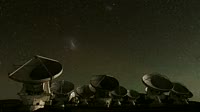

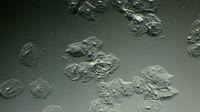


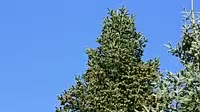
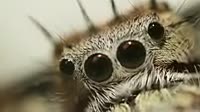
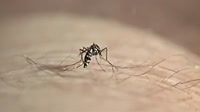
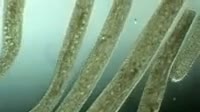

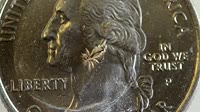
 Loading
Loading